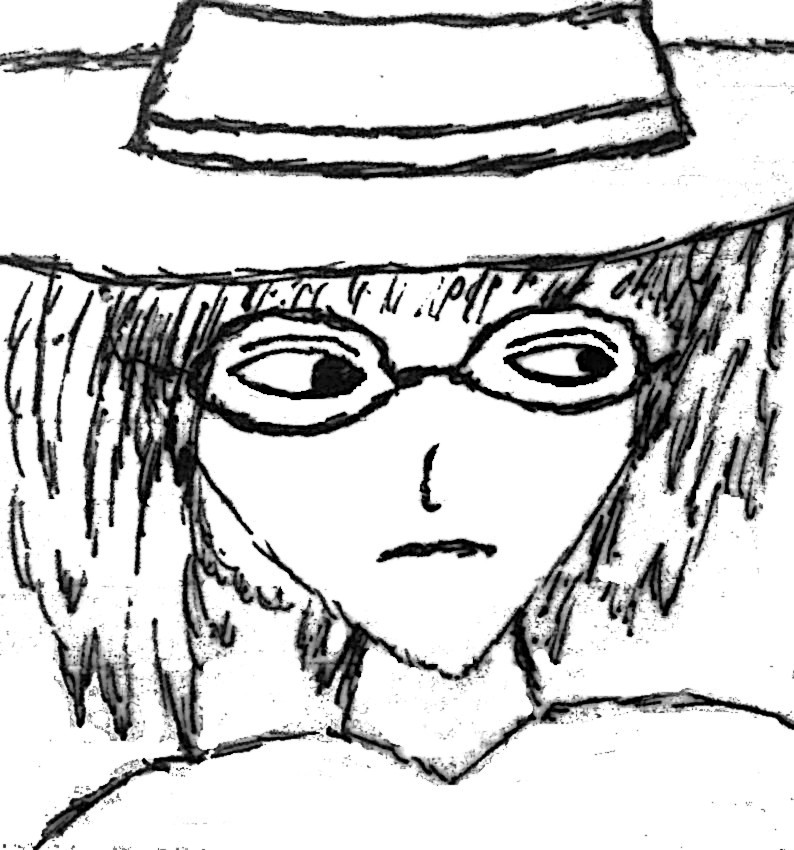Need to let loose a primal scream without collecting footnotes first? Have a sneer percolating in your system but not enough time/energy to make a whole post about it? Go forth and be mid: Welcome to the Stubsack, your first port of call for learning fresh Awful you’ll near-instantly regret.
Any awful.systems sub may be subsneered in this subthread, techtakes or no.
If your sneer seems higher quality than you thought, feel free to cut’n’paste it into its own post — there’s no quota for posting and the bar really isn’t that high.
The post Xitter web has spawned soo many “esoteric” right wing freaks, but there’s no appropriate sneer-space for them. I’m talking redscare-ish, reality challenged “culture critics” who write about everything but understand nothing. I’m talking about reply-guys who make the same 6 tweets about the same 3 subjects. They’re inescapable at this point, yet I don’t see them mocked (as much as they should be)
Like, there was one dude a while back who insisted that women couldn’t be surgeons because they didn’t believe in the moon or in stars? I think each and every one of these guys is uniquely fucked up and if I can’t escape them, I would love to sneer at them.
(Semi-obligatory thanks to @dgerard for starting this)


Ok.
I don’t know how things are in Japan, but I’ll be damned if I ever meet someone who gateway series into anime was a live action adaptation of One Piece.
The most popular what for anime characters and IP?
Some of them probably are. Screw them.
You can’t just casually throw “social and parasocial” in there and then describe a purely parasocial relationship. Apologize to Shannon Strucci.
Also this is like saying television has allowed us to roleplay our favorite Radio announcers. They seem to be under the impression that the vtuber phenomenon is about people digitally cosplaying their favorite anime character together when it’s more like an actor putting on a performance as an original character. And for the big ones, a bunch of Japanese style idol industry bullshit layered on top.
While audience inteeaction is usually a part of it, the nature of the medium remains highly asymmetric.
Keep Cowboy Bebop’s name out of your filthy mouth.
I might be behind the times but even I don’t think AoT is new. At least say Jujutsu Kaisen or something.
May all your subculture in-jokes die a dignified death before a VC firm references them in a blog post.
“Mai waifu” was originally a funny engrish quote from Azumanga Daioh and was used to refer to any favorite character. The non tongue en cheek relationship simulation aspect merged with the meme later on.
This doesn’t seem to be what the linked Medium article is saying and seems like they’re just mixing up light novels and visual novels.
Practical, huh?
To be fair I’d rather take almost anyone, gacha game character or not, other than Elon Musk as my conversation partner, whether simulated or real.
Factually dubious claim aside, how hard is it to write “series” or at least “anime” like a real human being with feelings instead of “IP”.
I’ve watched some anime series and felt things about them. I’ve never given a shit about an anime IP. Why would I, never owned one.
Pixiv has existed for ages. Even before that was doujinshi, and people have made art, original and derivative, since before the beginning of civilization. Your idea of modding custom animu avatars for shovelware Love Plus sequels is not new.
Palworld is evidence of a lack of high quality anime games much like all nonblack nonravens are evidence of a lack of nonblack ravens.
It’s actually incredibly easy to create and publish media based on anime and get away with it. You just can’t do it too professionally. If you love democratizing art so much, go to Comiket.
Also there are tons of licensed games based on anime what the hell are you talking about?
Misspelled “plutocratized” there. Also had a double take checking out the third one: “Story is the World’s IP Blockchain, onramping Programmable IP to power the next generation of AI, DeFi, and consumer applications.”
I’m sure I will continue to be as thrilled as I have been up to now to see more art made by people who can’t make art and filling the gap with statistical average of all art ever.
Sounds great (not), but I heard someone say there was a lack of high quality anime IP games. Surely you can’t both be right?
Consistency, what’s that? Maybe invest in a bigger context window so you can remember what you generated a few paragraphs ago.
Doki Doki Literature Club is a fully original freeware pay-what-you-want indie game that became a viral sleeper hit. You’re comparing it to Final fucking Fantasy? From a business perspective? Hell, despite the art style it’s not even Japanese! The only connecting thread between these games is that they have vaguely anime style art in them.
It’s really not.
I knew I could count on awful.systems.
SaaS =
Storage as a ServiceSneer as a ServiceI agree that the Doki Doki Literature Club reference was out of place, but consider that the whole post is predicated on the assumption that anime is a radical new art form that is revolutionizing [$Product] while itself being revolutionized by the new technologies designed by a16z’s stable of startups (the ones they haven’t cashed out yet). DDLC is niche enough that the intended audience will feel clever if they know about it, but successful enough that there’s a nonzero chance they’ll have heard about it.
It also has the most anime title they could find.
I wish I had more updoots for this effortpost. Well done.